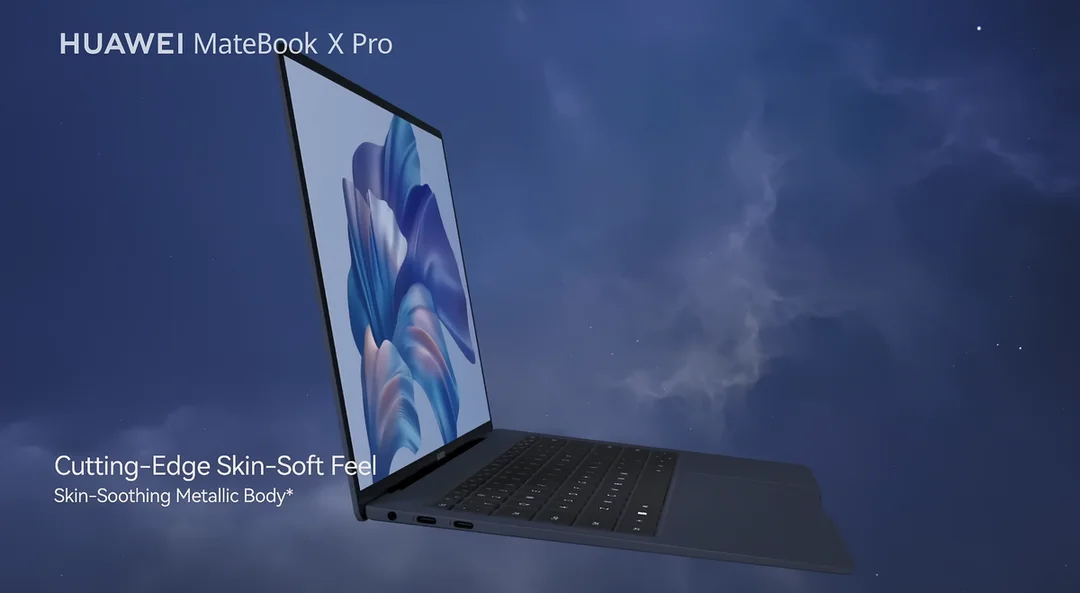
Huawei’s Bold Move: HarmonyOS Laptops Challenge Windows 11 with Kirin X90 Chip
Huawei is making waves in the tech world with its latest move: launching laptops powered by its in-house HarmonyOS. This marks a significant step towards independence from Western technology and a direct challenge to Windows 11. But how does this new operating system and hardware stack up?
Huawei's ambition is clear: to create a fully integrated ecosystem like Apple, controlling both hardware and software. The new HarmonyOS Next, running on the recently unveiled Matebook Pro 2025, is a key component of this strategy. However, early reports indicate a potentially controversial limitation: no app sideloading.

According to reports, HarmonyOS Next will initially be limited to Huawei's newest laptops and lacks backward compatibility with older devices. This might be a necessary trade-off for the platform's AI-driven features. The OS boasts a dedicated AI assistant, Celia, capable of tasks like slide creation. It also comes pre-loaded with native applications such as WPS Office. Some observers have noted similarities to macOS, particularly in the layout of the software shortcut bar.
The absence of sideloading support means users will be restricted to Huawei's App Gallery for software. While this approach mirrors Huawei's strategy on mobile devices, it could be a sticking point for users accustomed to the flexibility of Windows and other desktop operating systems. The strategy seems tailored to the specific needs of Chinese consumers, aligning with the nation's push for technological self-reliance.

Adding to the intrigue, the Matebook Pro 2025 is rumored to feature the Kirin X90, a new system-on-chip (SoC) from Huawei's HiSilicon division. This in-house chip, based on a custom Arm design, could be Huawei's equivalent to Apple Silicon, allowing for tighter integration of hardware and software and potentially boosting performance. Leaks suggest a 10-core (4+4+2) / 20-thread layout, similar to the Kirin 9010 found in Huawei's Pura 70 series phones. While details are scarce, the design is said to incorporate Taishan V121 and V120 architectures for prime and performance cores, respectively.

The big question remains: will developers embrace HarmonyOS and port their apps to the platform? Huawei's success hinges on building a robust ecosystem, either through native app development or compatibility layers. With software alternatives and a growing selection of mobile apps available on HarmonyOS smartphones, including RedNote, Bilibili, and Feishu, Huawei is laying the groundwork for its vision.
Huawei's move represents a significant shift in the tech landscape. Will HarmonyOS and the Kirin X90 chip truly challenge Windows 11 and other established players? Only time will tell. What do you think about Huawei's increasing independence and the lack of app sideloading? Share your thoughts in the comments below!